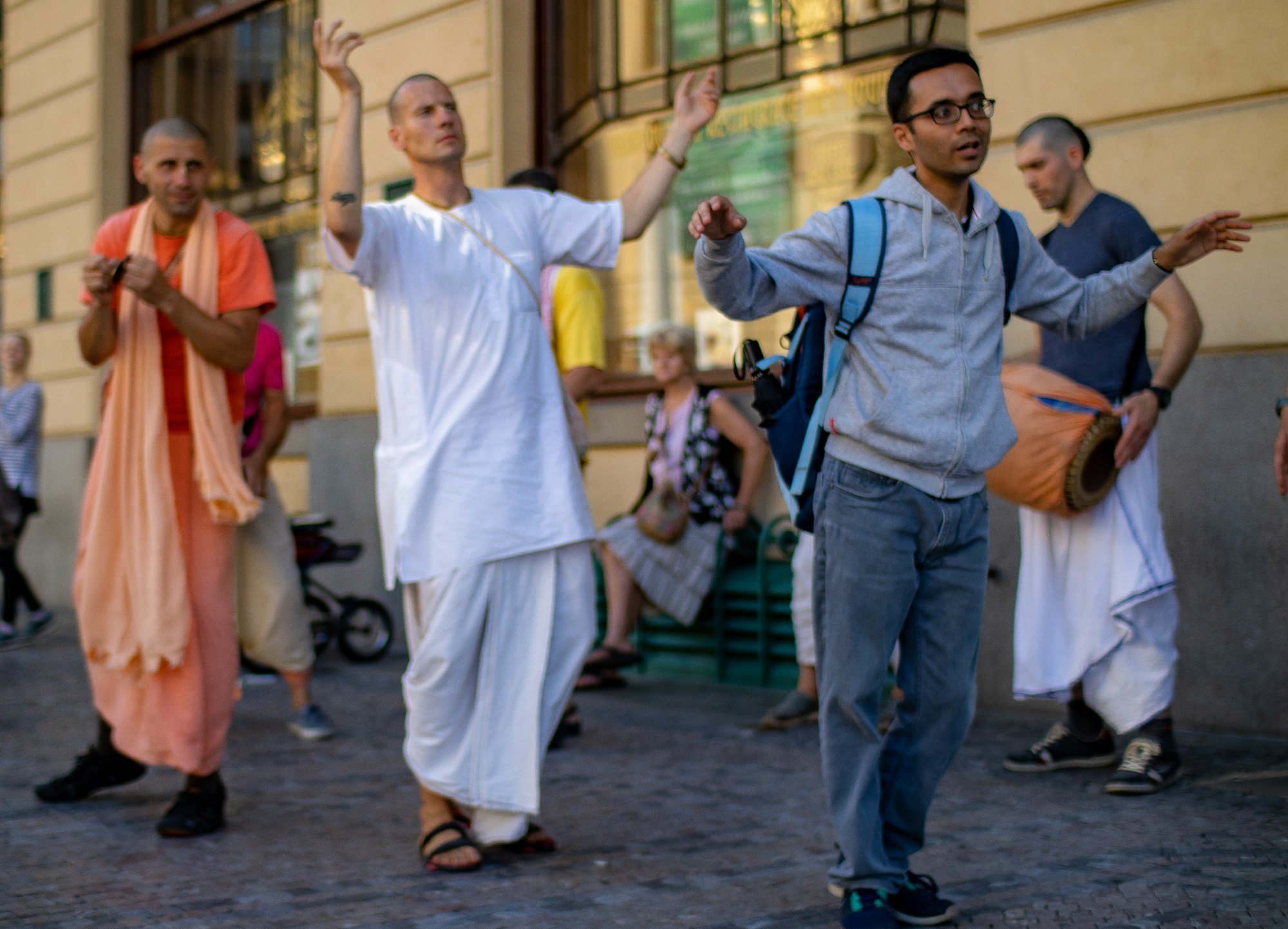
Introduction:
The influx of Hinduism into Europe might seem like an unexpected cultural phenomenon at first glance, considering the religion’s roots in the Indian subcontinent. However, over the past few decades, there has been a notable surge in interest and practice of Hinduism across various European countries. This movement is not merely an adoption of a foreign faith but rather a testament to the global nature of spirituality and the inherent human quest for meaning and connection.
Origins and Spread:
The spread of Hinduism in Europe can be traced back to multiple factors. One significant catalyst has been the immigration of Indian communities to Europe, particularly after the colonial period and later due to economic opportunities. These communities brought with them their rich cultural heritage, including religious practices and traditions.
Furthermore, the global exchange of ideas facilitated by advancements in communication and travel has enabled Europeans to explore and embrace diverse belief systems, including Hinduism. The proliferation of yoga, meditation, and Ayurveda practices in the West has also played a pivotal role in introducing elements of Hindu spirituality to European societies.
Cultural Integration and Adaptation:
One of the most fascinating aspects of the Hinduism movement in Europe is the process of cultural integration and adaptation. While some practitioners adhere closely to traditional Hindu rituals and customs, others have incorporated elements of Hindu philosophy and spirituality into their existing belief systems.
For many Europeans, Hinduism represents a spiritual path that complements their quest for inner peace, self-discovery, and holistic well-being. The emphasis on meditation, mindfulness, and the interconnectedness of all beings resonates deeply with individuals seeking alternative approaches to spirituality in the modern world.
Impact on Society:
The growing presence of Hinduism in Europe has had a profound impact on society, fostering intercultural dialogue, tolerance, and mutual understanding. Hindu temples, cultural centers, and festivals have become integral parts of the social fabric in many European cities, serving as hubs for community engagement and cross-cultural exchange.
Moreover, the popularity of practices such as yoga and meditation has transcended religious boundaries, attracting people from diverse backgrounds who seek physical, mental, and spiritual enrichment. This convergence of Eastern and Western philosophies has given rise to a new wave of spiritual seekers who embrace pluralism and embrace the universal truths found in different religious traditions.
Challenges and Opportunities:
Despite the positive developments, the Hinduism movement in Europe also faces challenges, including misconceptions, cultural appropriation, and resistance from conservative elements within society. There is a need for greater awareness and education to dispel stereotypes and promote genuine understanding of Hinduism as a complex and diverse religious tradition.
At the same time, the growing interest in Hinduism presents opportunities for dialogue, collaboration, and mutual enrichment. By fostering interfaith dialogue and cooperation, Europeans can deepen their appreciation for the rich tapestry of religious and cultural diversity that enriches the continent.
Conclusion:
The Hinduism movement in Europe is a testament to the universal appeal of spirituality and the capacity of individuals to seek meaning and fulfillment beyond the confines of their cultural and religious backgrounds. As Europe continues to embrace diversity and pluralism, Hinduism offers a valuable lens through which to explore the interconnectedness of humanity and the quest for transcendence. Through dialogue, mutual respect, and cultural exchange, Europeans can continue to enrich their spiritual landscape and build bridges across continents and civilizations.




